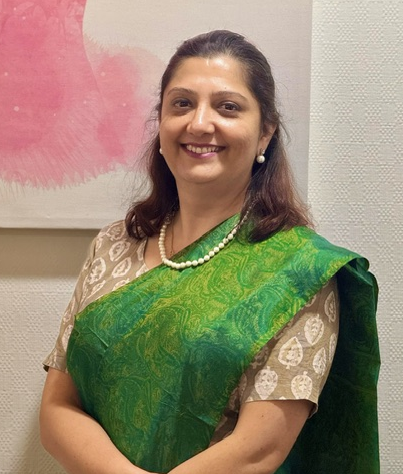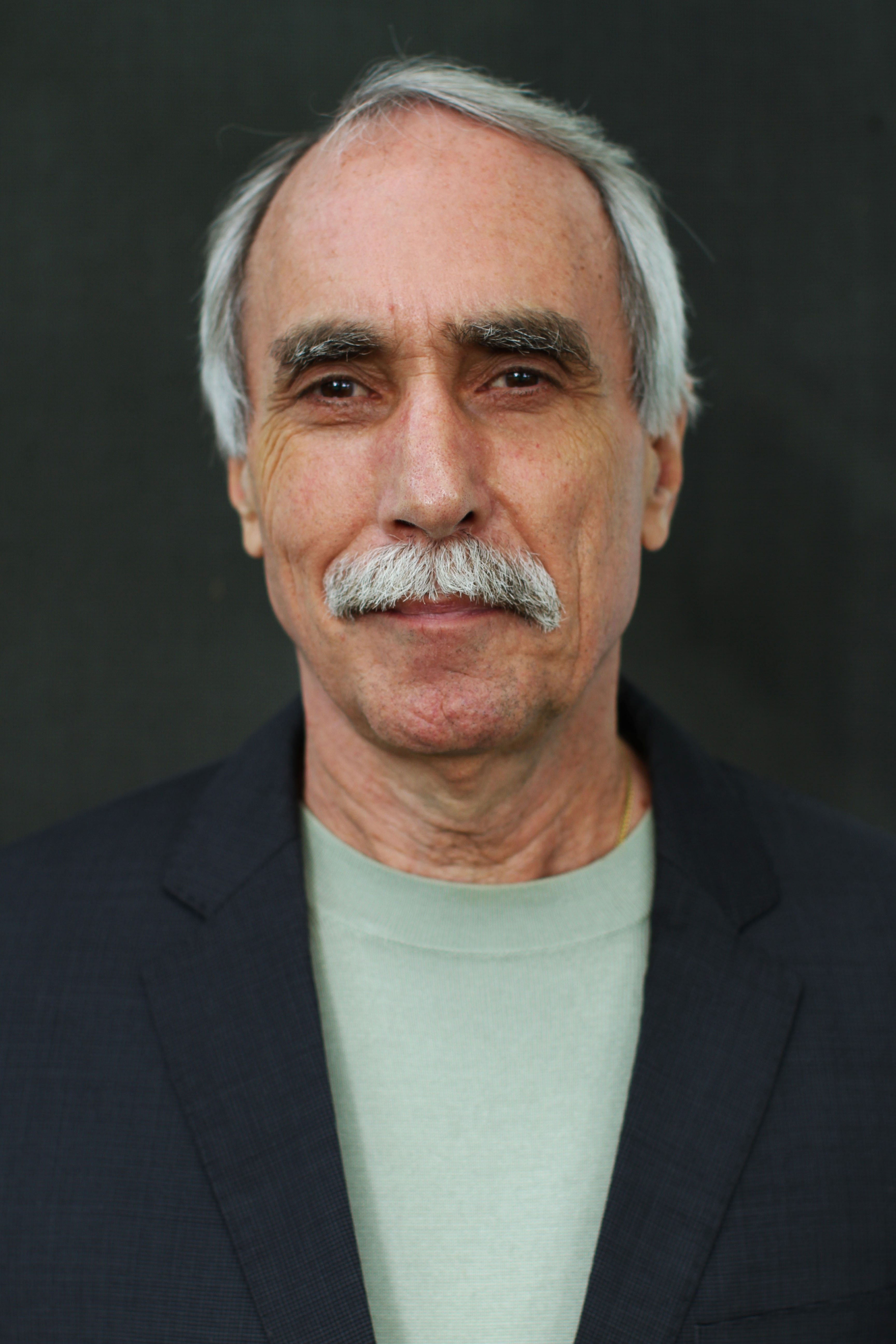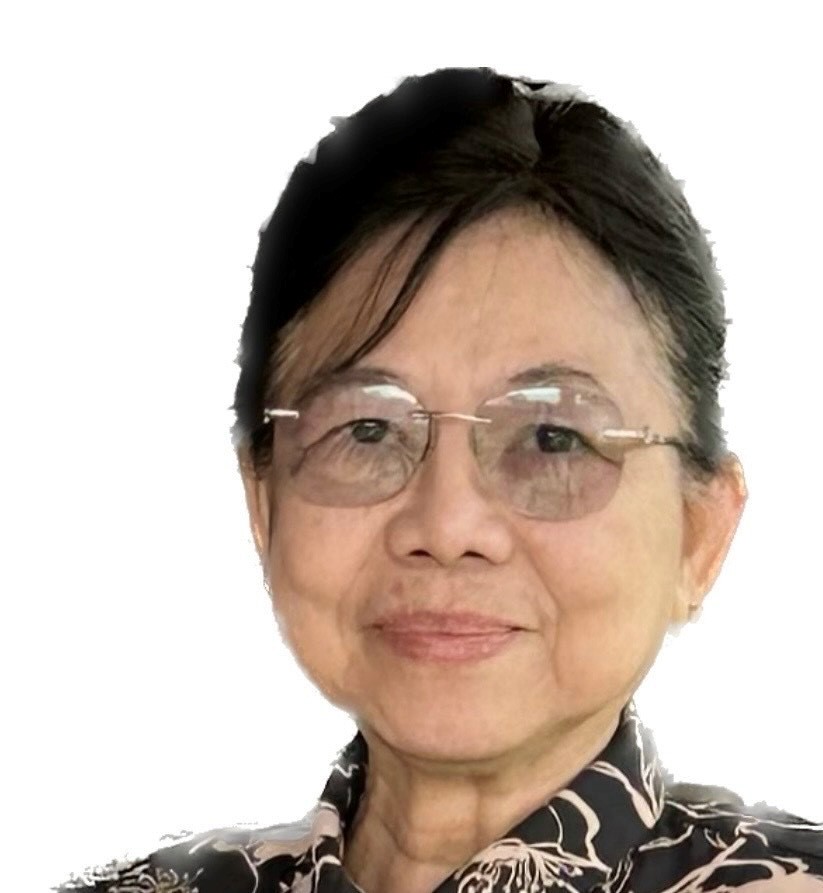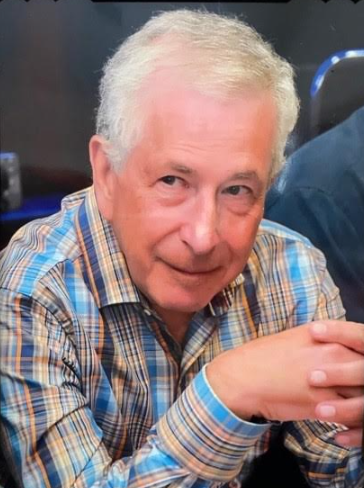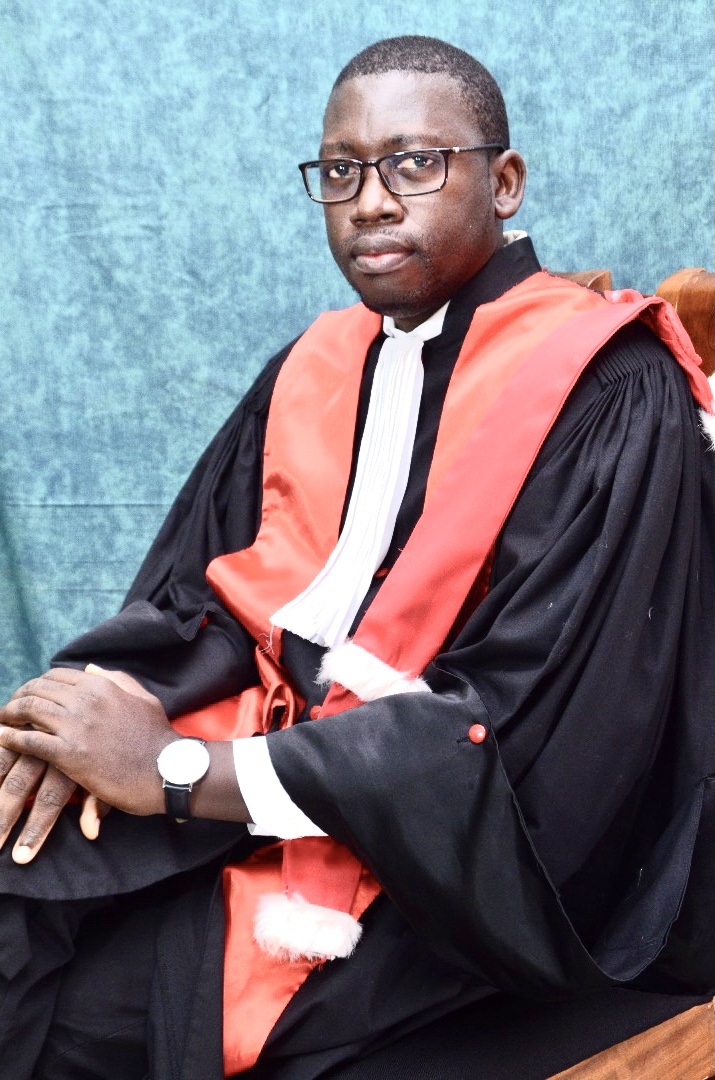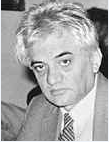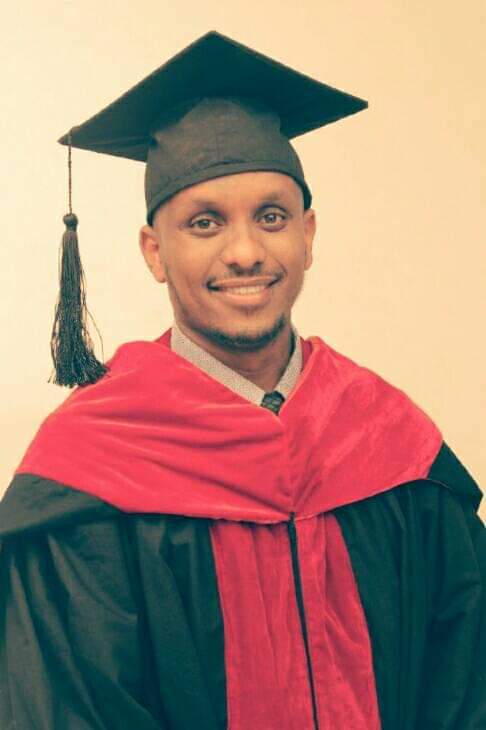Case Report
“Paramolar-Wanderung” in Association with Idiopathic Congenital Oligodontia of Permanent Teeth-A rarest Case Report
1 Specialist in Pediatric and Preventive Dentistry, Researcher, Garike Dental Care and Research Centre, Davangere, Karnataka, India.
2 Consultant Pediatric Dentist, Dental Wing, Karnataka ENT Hospital and Research Centre, Chitradurga, Karnataka, India.
3 Professor, College of Dental Sciences, Davangere, Karnataka, India.
4 Senior Lecturer, Department of Conservative Dentistry, College of Dental Sciences, Davangere, Karnataka, India.
5 Assistant Professor, Department of Conservative Dentistry and Endodontics, Subbaiah College of Dental Sciences and Hospital, Purle, Shimoga, Karnataka, India.
6 Professor, Garike Dental Care and Research Centre, Davangere, Karnataka, India.
*Corresponding Author: Nagaveni NB, Specialist in Pediatric and Preventive Dentistry, Researcher, Garike Dental Care and Research Centre, Davangere, Karnataka, India.
Citation: Nagaveni NB, Mahantesh S P, Hegde S, Umashankar KV. (2025). “Paramolar-Wanderung” in Association with Idiopathic Congenital Oligodontia of Permanent Teeth-A rarest Case Report. International Clinical Case Reports and Reviews, BioRes Scientia Publishers. 3(3):1-5. DOI: 10.59657/2993-0855.brs.25.037
Copyright: © 2025 Nagaveni NB, this is an open-access article distributed under the terms of the Creative Commons Attribution License, which permits unrestricted use, distribution, and reproduction in any medium, provided the original author and source are credited.
Received: March 13, 2025 | Accepted: March 28, 2025 | Published: April 04, 2025
Abstract
The present clinical report enlightens an interesting case consisting of ‘Paramolar-Wanderung,’ a rare dental phenomenon and idiopathic congenital agenesis of multiple permanent teeth (oligodontia) in a non-syndromic 29-year-old Indian female patient. All these dental anomalies were accidentally diagnosed on radiographic examination taken for some other dental purpose. Therefore, the current case presentation strictly alarms all dental professionals about the importance of radiographic evaluation in cases with suspecting clinical scenario. In addition to this, the present publication is an added treasure to the existing dental anomalies’ literature and give pay for further ‘quest’ to the dental science.
Keywords: incisor agenesis; paramolar-wanderung; supplemental premolar; supernumerary tooth; second molar agenesis
Introduction
Concomitant occurrence of different anomalies pertaining to different dental phenomenon are evident in the dental literature. However, such publications are reported more in syndromic conditions. In contrast to this, idiopathic existence of two different dental anomalies belonging to two different dental phenomena are rarely encountered [1-4]. When such incidence occurs, it is worth to record and publish which helps to create more knowledge about different cases. Congenital dental agenesis is a common condition more commonly affecting third molars followed by permanent maxillary lateral incisors. There is a large amount of research contribution from Indian authors pertaining to agenesis of permanent mandibular incisors and their correlation with dermatoglyphics pattern of an individual among Indian population [5,6]. Tooth agenesis of permanent maxillary second molar is an uncommon situation with scanty reports available in article search. Migration of impacted teeth within the alveolar bone has been reported [7,8]. However, migration of a supernumerary tooth is not well documented [7]. The aim of this report is to present a clinical case of Indian ethnicity exhibiting concomitant occurrence of two different dental anomalies like supernumerary tooth and its distal migration within the alveolar bone and tooth agenesis affecting multiple permanent teeth (oligodontia) with retained primary teeth.
Case Description
A 20-year-old Indian female patient diagnosed with paramolar-wanderung has been explained in schematic table format (Table 1) and in Figures 1, 2 and 3. Both table and figures depict the details of the interesting case highlighting idiopathic occurrence of ‘Paramolar-Wanderung’ (Distal Migration of supernumerary premolar) in association with congenital agenesis of multiple permanent teeth (Oligodontia).
Table 1: Shows details of idiopathic occurrence of ‘Paramolar-Wanderung’ (Distal Migration of supernumerary premolar) in association with congenital agenesis of multiple permanent teeth (Oligodontia).
| Age, Gender, Ethnicity, Etiology | Chief Complaint | Clinical Features | Radiographic Features (Conventional Panoramic) (Figure 1) | CBCT Findings (Figure 2 and 3) |
| 29 years, Female, Indian, Idiopathic (Non-syndromic) | Pain in the left back tooth from one week. | Deep caries involving pulp in relation to mandibular first molar. | Supplemental mandibular premolar migrated towards ramus of the mandible and found at the right first and second molars with its crown facing ramus of the mandible. | Lingually located mandibular supplemental premolar (disto-angular impaction) (Figure 2) |
| Clinical absence of permanent maxillary right and left lateral incisors, maxillary right second molar, all third molars and mandibular permanent right central incisor. | Congenital agenesis of permanent maxillary bilateral lateral incisors, right second molar, mandibular right central incisor and all four third molars. | Root of the impacted supernumerary premolar is away from the mandibular canal (Figure 3). | ||
| Retained primary maxillary right and left canine teeth. | Pyramidal shaped maxillary molars. | |||
| Retained maxillary primary right and left canines. |
Figure 1: Panoramic radiograph showing ‘Paramolar Wanderung’ (red circle), congenital agenesis of permanent mandibular right central incisor (blue arrow), permanent maxillary right and left lateral incisors (yellow arrows), maxillary second molar (green arrow) and retained primary maxillary right and left canines (red stars). Congenital agenesis of all four third molars is also evident.
Figure 2: CBCT Image showing impacted supernumerary supplemental mandibular premolar. A – Lingual view, B – Axial view (red arrow).
Figure 3: CBCT image of impacted supplemental supernumerary premolar in relation to the mandibular canal (Lingual view).
Discussion
Literature exhibits occurrence of supernumerary teeth in human beings which is an anomaly of the tooth in relation to the number. Mesiodens are frequently seen supernumerary teeth with mandibular premolars representing the second teeth most of the time seen to be missing [9]. Based on the shape, supernumerary teeth are categorized as conical, supplemental, multi-cusped and molariform [9-13]. Based on location they are classified as mesiodens, para-premolar, distomolar and paramolar [9-15]. Para-premolars can be found as a single supernumerary tooth or as multiple, most commonly located in the mandibular arch and sometimes encountered in association with other types of supernumerary teeth [9-15]. When they found they are seen either buccal or lingual to the normal premolars and they are termed as ‘peridens’ and found either erupted or impacted and asymptomatic. Supplemental means the tooth which resembles normal tooth in size and shape and this type is found more frequently in the mandible than the maxilla. In this paper, supplemental premolar was observed impacted and migrated towards ramus of the mandible and found lingual to the first molar based on radiographic and cone-beam computed tomographic findings. The supplemental premolar appeared similar to the second molar in size and shape.
‘Tooth agenesis’ is a common finding characterised by hypodontia, oligodontia and anodontia. In hypodontia, less than six number of teeth are missing, in oligodontia more than six number of teeth are not seen and anodontia means complete absence of all teeth [16]. The third molars and maxillary lateral incisors in the permanent dentition are most of the time seen to absent. Most of the time, absence of tooth is found idiopathic or in association with syndromic diseases. Dental agenesis involving permanent molars is a rare entity. A recent bibliometric analysis evaluated the prevalence of permanent second molars and suggested that permanent second molars had an overall prevalence of 2.79% among all missing teeth with 1.59% for maxillary second molars followed by 1.76% for lower second molars. There was no significant difference observed between men and women. European studies exhibited significantly higher differences for mean values of lower compared to upper second molars (P=0.009). Lower second molar was missing more frequently in Europe compared with Asia and Africa and in South America compared with Asia. In addition to this, European women had more congenitally missing second permanent molars compared with Northern American women [17]. In the present case, permanent maxillary second molar was congenitally missing along with other teeth which is an extremely rare condition. In another Chinese case, all four second molars were congenitally missing [18]. There is an Indian case series showing simultaneous agenesis of bilateral permanent central incisors in non-syndromic patients [5]. Hence its prevalence needs to be studied in detail among different population group. One research study evaluated the correlation between dermatoglyphic pattern with or without congenital agenesis of permanent mandibular incisors [6]. Dermatoglyphics was used as a potential adjunctive diagnostic tool used in identification of various orofacial and dental anomalies. The results of the study concluded that the arch pattern was highly significant with number greater recorded in the test group in comparison with the control group. However, there was no statistically significant difference observed pertaining to gender predilection for the tooth agenesis in the study [6]. Hence, dermatoglyphics can be used as a valuable tool in diagnosing congenital tooth agenesis in human population.
‘Tooth Migration’ is a different dental phenomenon showing disturbance in eruption pattern and defined as ‘horizontal movement of an unerupted teeth and occurs only in the mandible.’ The most commonly migrating teeth observed in the literature are mandibular canines, premolars and lateral incisors [7,8]. Whereas, tooth transmigration is a different condition where the canine moves mesially and crosses the dental midline [2,19,20]. In this process too mandibular canines are frequently affected compared to maxillary canines. ‘Paramolar-Wanderung’ is an interesting dental condition mentioned in the literature characterised by severe migration of mandibular second premolars from their usual site to the region mesial to the permanent mandibular second molar which may either erupt or remain impacted. However, migration of a supernumerary premolar towards distal side is not well documented with only one Indian case published so far [7]. In this case, the migrated supernumerary premolar almost resembled the present case but associated with impacted multiple conical shaped supernumerary premolars which were impacted in the maxillary and mandibular arch. In the present case, congenital oligodontia was observed along with supplemental premolar distal migration.
Conclusion
The dental science is an interesting field with lots of mysteries happening encompassing numerous astonishing dental anomalies or conditions. Hence, detailed knowledge about these scenarios is highly warranted among dental professionals to contribute more evidence to the science.
References
- Nagaveni NB. (2024). Concomitant existence of tooth agenesis (agenesis of four second premolars) and supernumerary teeth (dens distomolar) – Report of a Rarest case. J Dent Sci, 9(1):000391.
Publisher | Google Scholor - Nagaveni NB, Umashankara KV, Radhika NB, Satisha TS. (2011). Concomitant occurrence of canine transmigration and symmetrical agenesis of mandibular incisors. A case report. Bangladesh J Med Sci, 10(2):132-136.
Publisher | Google Scholor - Nagaveni NB. (2023). A rare combination of tooth agenesis in association with anomalous supernumerary tooth: Report of a rare case. Oral Health Dent, 6(1):18-21.
Publisher | Google Scholor - Nagaveni NB. (2023). Bilateral ‘Molarization’ of the mandibular second premolars in association with unusual dental va.riation – report of a rarest case. Glob J Res Dent Sci, 3(5):4-6.
Publisher | Google Scholor - Nagaveni NB, Umashankara KV. (2009). Congenital bilateral agenesis of permanent mandibular incisors – case reports and literature review. Arch Orofac Sci, 4(2):41-46.
Publisher | Google Scholor - Nagaveni NB. (2023). Comparative evaluation of dermatoglyphic pattern in children with or without congenital agenesis of permanent mandibular incisors. Pediatr Child Health Issu, 4(1).
Publisher | Google Scholor - Nagaveni NB. (2023). Migration of mandibular supernumerary premolar in association with multiple anomalies – a rarest case report with literature review. Glob J Res Dent Sci, 3(6):1-6.
Publisher | Google Scholor - Ackuaku N, Sharma G. (2018). Mandibular premolar migration: Two case reports. J Orthod, 45(3):186-191.
Publisher | Google Scholor - Nagaveni NB, Sreedevi B, Praveen BS, Praveen Reddy B, Vidyullatha BG, Umashankara KV. (2010). Survey of mesiodens and its characteristics in 2500 children of Davangere city, India. Eur J Paediatr Dent, 11(4):185-188.
Publisher | Google Scholor - Nagaveni NB, Umashankara KV, Sreedevi, Reddy BP, Radhika NB, Satisha TS. (2010). Multi-lobed mesiodens with a palatal talon cusp – A rare case report. Braz Dent, 21(4):375-378.
Publisher | Google Scholor - Nagaveni NB. (2023). Inversion of impacted mesiodens: Report of case series with literature review. Glob J R Dent Sci, 3(5):7-12.
Publisher | Google Scholor - Nagaveni NB, Umashankar KV. (2023). ‘Vertical, intra-osseous impaction of permanent maxillary central incisor in association with a mesiodens’. EC Dent Sci, 22(9):1-4.
Publisher | Google Scholor - Nagaveni NB. (2023). Three lobed (multi-lobed) incisoriform mesiodens with type I talon cusp – Report of a Unique dental anomaly. Glob J Res Dent Sci, 3(6):7-10.
Publisher | Google Scholor - Nagaveni NB. (2024). Maxillary fourth molar (Distomolar/Distodens) in association with Rhyzomicroly and pyramidal molars in an Indian patient – A rare case report. Clin Pathol, 8(1):000190.
Publisher | Google Scholor - Nagaveni NB, Umashankar KV. (2023). Report of a rare odonto-stomatologic anomaly – maxillary paramolar: Series Clin Med Case Rep Rev, 1(6):1-3.
Publisher | Google Scholor - Nagaveni NB, Umashankara KV, Radhika NB, Satisha TS. (2011). Non-syndromic oligodontia – Report of a clinical case with 14 missing teeth. Bangladesh J Med Sci, 10(3):200-202.
Publisher | Google Scholor - Farcasiu AT, Luca R, Didilescu A, Stanciu IA, Farcasiu C, Vinereanu A, et al. (2022). Congenitally missing second permanent molars in non-syndromic patients (Review). Exp Ther Med, 23(2):145.
Publisher | Google Scholor - Lin GF, Chen ZH, He FM. (2016). Congenital absence of all permanent second molars: a rare case report and literature review. Int J Clin Exp Med, 9(10):20341-20344.
Publisher | Google Scholor - Nagaveni NB. (2023). Permanent mandibular intrabony canine transmigration (type I) – A Rare case report. J Surg Anesth, 1(1):1-2.
Publisher | Google Scholor - Nagaveni NB. (2023). Type I transmigration of permanent mandibular right canine – report of a rare case. J Pathol Allied Med, 10:133-136.
Publisher | Google Scholor


